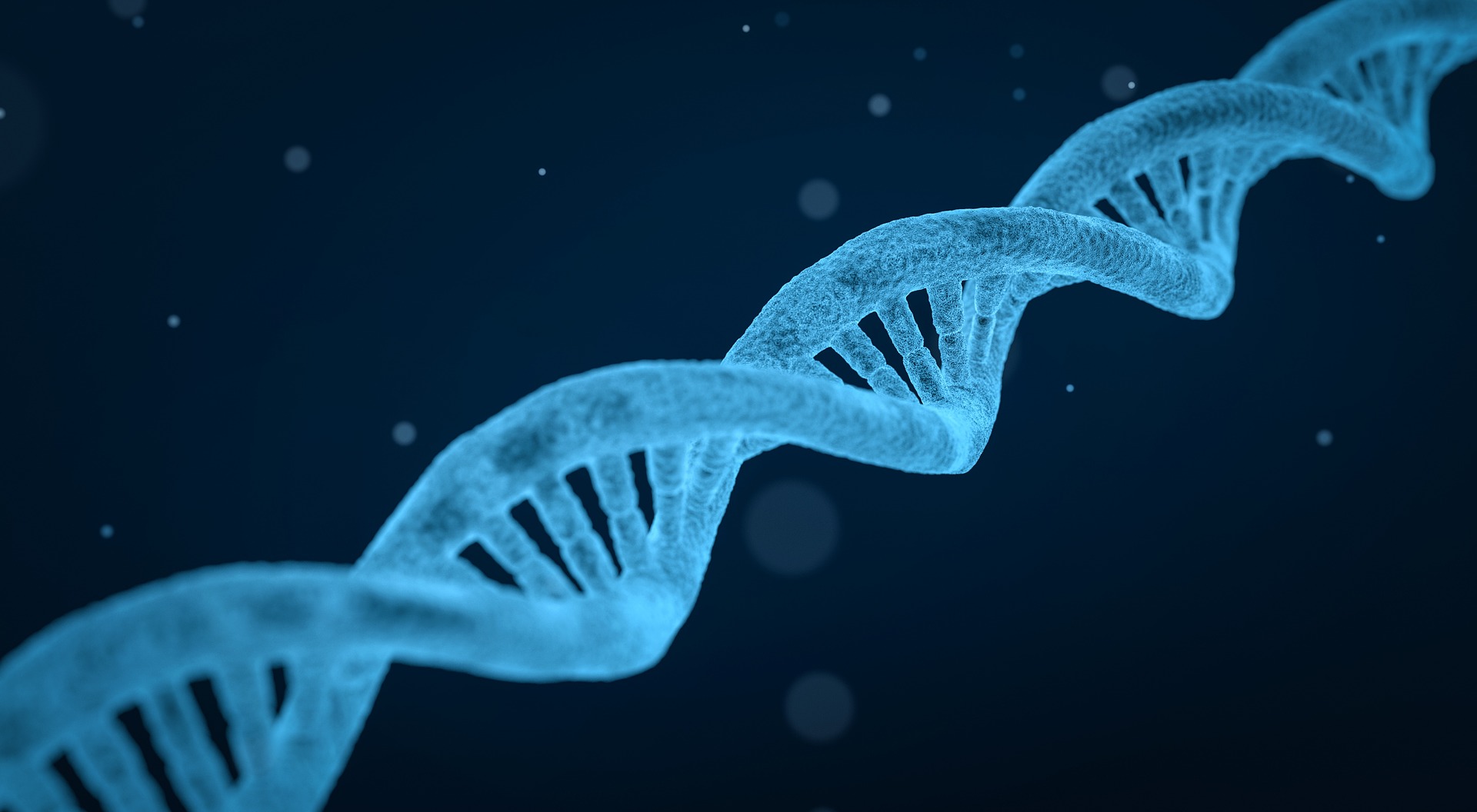Aggregated News

Leslie Mitchell had no intention of doing a postdoc. After completing her PhD at the University of Ottawa, she had planned to move to industry. But then a member of her thesis committee, geneticist Jef Boeke, invited her to join his team at Johns Hopkins University in Baltimore, Maryland. Boeke was spearheading an ambitious effort to design and build an entire yeast genome from scratch, known as the Sc2.0 project. It was a once-in-a-lifetime opportunity, and one she just couldn’t refuse. “I just thought that was the coolest way to study biology and really understand it,” she says. “To build it from the ground up.”
Eight years later, the Boeke lab (now at New York University’s Langone Medical Center in New York City) and its collaborators in Europe, Asia and Australia are close to producing recoded versions of all 16 Saccharomyces cerevisiae chromosomes, as well as a 17th, artificial, ‘neochromosome’.
Only a handful of genomes have been synthesized so far, mostly for bacteria. Synthetic biologist Jason Chin and his colleagues at the MRC Laboratory of Molecular Biology in Cambridge, UK...



